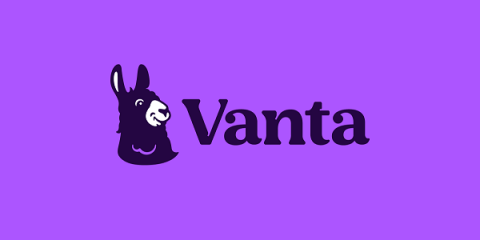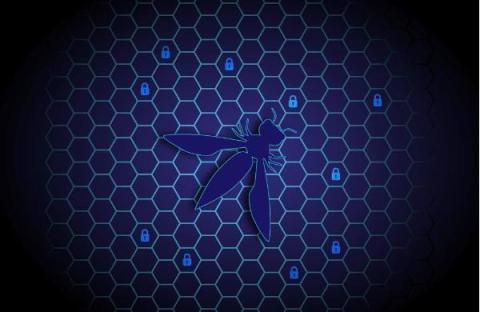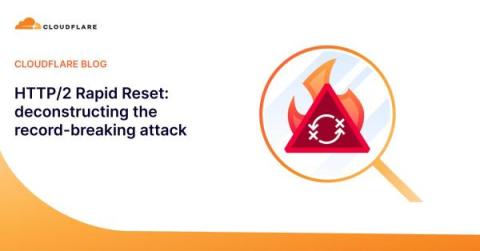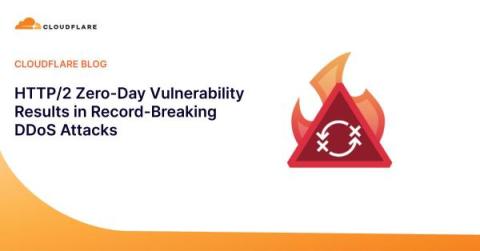5G's role in telemedicine: The future is now
Healthcare and technology have always gone hand in hand. Telemedicine, which lets you talk to doctors without visiting them in person, is a great example. A few years back, it might have sounded like science fiction. But today, it's a regular part of many people's lives. In fact, data shows that 80% of people have used telemedical services at least once in their lives.











